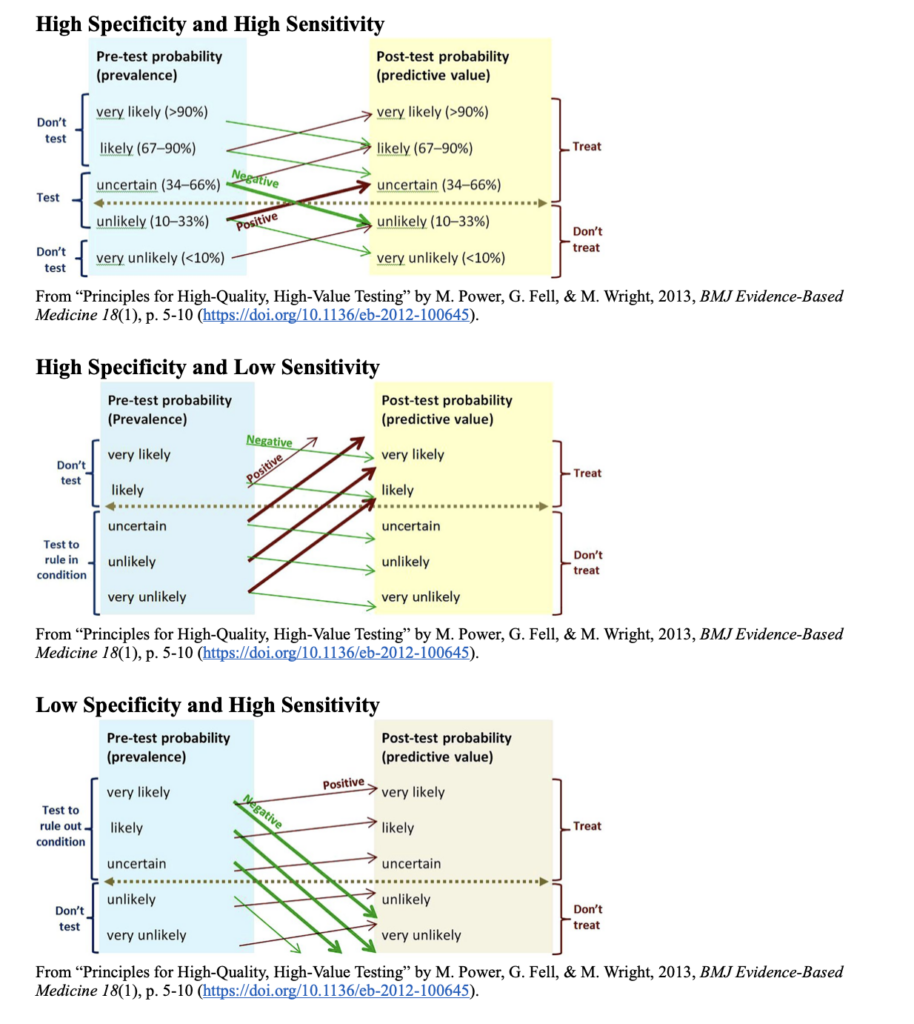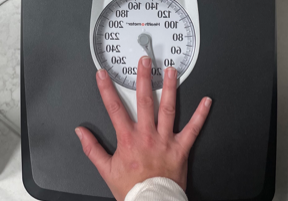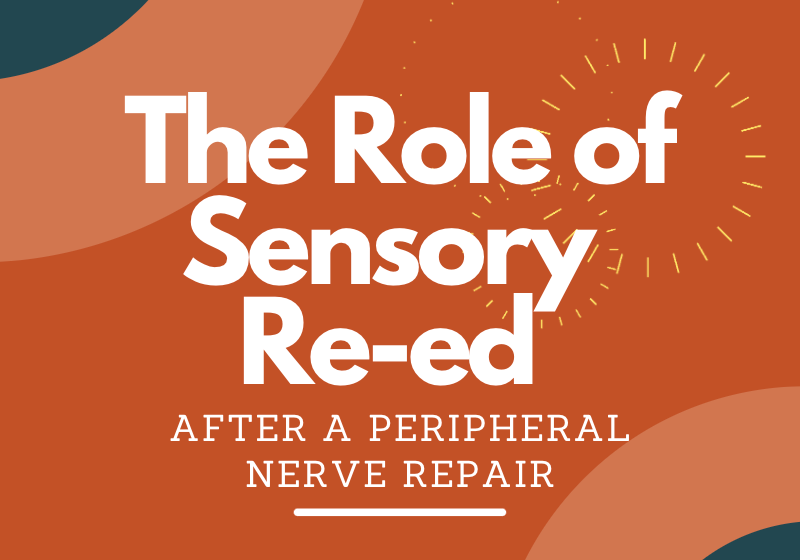Sensitivity and Specificity in Thoracic Outlet Syndrome (TOS) Tests in Hand Therapy
Filed under Treatments
By: Mikayla Murphy
Sensitivity and Specificity in Thoracic Outlet Syndrome (TOS) Tests in Hand Therapy
Thoracic outlet syndrome (TOS) describes the compression of nerves, arteries, and veins as they pass through the thoracic outlet. Compression can occur at the interscalene triangle, the costoclavicular triangle, and the subcoracoid space (Physiopedia, n.d.). There are three types of TOS – neurogenic, venous, and arterial – each based on what structure is being compressed, with neurogenic TOS being by far the most common (Jones et al., 2019). Symptoms of thoracic outlet vary based on the type but can include paresthesia in the upper extremity, weakness, changes in color, and pain (National Institute for Neurological Disorders and Stroke, n.d.). TOS can have multiple causes, including differences in anatomy, trauma, and repetitive movement (Jones et al., 2019).
Special tests can help a therapist determine if a patient has possible thoracic outlet syndrome and can inform care. When looking at special tests, it is important to consider their specificity and sensitivity. Specificity refers to a test’s ability to correctly identify someone without the disease, while sensitivity refers to a test’s ability to correctly identify someone with the disease (New York State Department of Health, 1999). Gillard et al. (2001) lists the following sensitivity and specificities for several common TOS tests:
Test Specificity Sensitivity

Power et al. (2013) offer three diagrams to assist with interpreting results of a test based on their pre-test probability, specificity, and sensitivity. Pre-test probability is a therapist’s estimate on whether or not a patient may have a condition based on the therapist’s clinical reasoning (The NNT Group, n.d.). In each of the diagrams, thicker lines mean the result is more likely to change how the condition is managed. Power et al. (2013) also suggest some pre-test probabilities should not be tested if testing will not change the way the condition is managed; however, their results are geared towards doctors whose testing may be more costly or invasive than simple provocative tests. Based on the pre-test probability, a therapist can use these diagrams to estimate the likelihood of a patient having a condition.
For example, Roos test has a low specificity and high sensitivity. If a therapist is uncertain whether a client has TOS, and the client has a positive result, it is still uncertain whether the client has TOS. However, if the client has a negative result, it is very unlikely the client has TOS. Using several tests in combination will provide more accurate results, such as Adson’s with Roos or Wright’s (Gillard et al., 2001; Power et al., 2013).
High Specificity and High Sensitivity
From “Principles for High-Quality, High-Value Testing” by M. Power, G. Fell, & M. Wright, 2013, BMJ Evidence-Based Medicine 18(1), p. 5-10 (https://doi.org/10.1136/eb-2012-100645).
High Specificity and Low Sensitivity
From “Principles for High-Quality, High-Value Testing” by M. Power, G. Fell, & M. Wright, 2013, BMJ Evidence-Based Medicine 18(1), p. 5-10 (https://doi.org/10.1136/eb-2012-100645).
Low Specificity and High Sensitivity
From “Principles for High-Quality, High-Value Testing” by M. Power, G. Fell, & M. Wright, 2013, BMJ Evidence-Based Medicine 18(1), p. 5-10 (https://doi.org/10.1136/eb-2012-100645).

References
Gillard, J., Pérez-Cousin, M., Hachulla, É., Remy, J., Hurtevent, J.F., Vinckier, L., Thévenon, A., & Duquesnoy, B. (2001). Diagnosing thoracic outlet syndrome: contribution of provocative tests, ultrasonography, electrophysiology, and helical computed tomography in 48 patients. Joint Bone Spine, 68(5), 416-424. https://doi.org/10.1016/S1297-319X(01)00298-6
Jones, M. R., Prabhakar, A., Viswanath, O., Urits, I., Green, J. B., Kendrick, J. B., Brunk, A. J., Eng, M. R., Orhurhu, V., Cornett, E. M., & Kaye, A. D. (2019). Thoracic outlet syndrome: A
comprehensive review of pathophysiology, diagnosis, and treatment. Pain and Therapy, 8(1), 5–18. https://doi.org/10.1007/s40122-019-0124-2
National Institute for Neurological Disorders and Stroke. (n.d.). Thoracic outlet syndrome. https://www.ninds.nih.gov/health-information/disorders/thoracic-outlet-syndrome
New York State Department of Health. (1999). Disease screening – Statistics teaching tools. https://www.health.ny.gov/diseases/chronic/discreen.htm
Power, M., Fell, G., & Wright, M. (2013). Principles for high-quality, high-value testing. BMJ Evidence-Based Medicine 18(1), 5-10. https://doi.org/10.1136/eb-2012-100645
Physiopedia. (n.d.). Thoracic outlet syndrome (TOS). https://www.physio-pedia.com/Thoracic_Outlet_Syndrome_(TOS)
The NNT Group. (n.d.) Diagnostics and likelihood ratios, explained. theNNT. https://thennt.com/diagnostics-and-likelihood-ratios-explained/
More To Read
Outcomes of Rigid Night Splinting and Activity Modification in the Treatment of Cubital Tunnel Syndrome
Shah, C. M., Calfee, R. P., Gelberman, R. H., & Goldfarb, C. A. (2013). Outcomes of rigid night splinting and activity modification in the treatment of cubital tunnel syndrome (night splint for cubital tunnel syndrome). The Journal of Hand Surgery, 38(6), 1125–1130.e1. https://doi.org/10.1016/j.jhsa.2013.02.039 By: Sophia Grimm The Skinny: The purpose of this study was to…
Read MoreUpper extremity weight-bearing tolerance
Barlow, S.J., Scholtz, J. & Medeiros (2020). Wrist weight-bearing tolerance in healthy adults. Journal of Hand Therapy, xxx currently in press. The Skinny Wrist pain and instability are common occurrences and can occur with acute or chronic injuries. This leads to significant dysfunction, including the inability to tolerate axial loading through the upper extremity. There is…
Read MoreThe Role of Sensory Re-education After Nerve Injury
Priya, B. A. (2012). Effectiveness of Sensory Re-education after Nerve Repair (Median or Ulnar Nerve) at the Wrist Level. Indian Journal of Physiotherapy & Occupational Therapy, 6(3), 62–68. The Skinny The human nervous system is incredibly complex and, once damaged, requires significant time to repair. A previous study (Bentzel, K 2002) identifies that with peripheral…
Read MoreSign-up to Get Updates Straight to Your Inbox!
Sign up with us and we will send you regular blog posts on everything hand therapy, notices every time we upload new videos and tutorials, along with handout, protocols, and other useful information.





